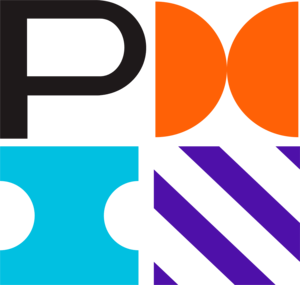Over the past ten years, the business world has experimented with testing, tried, or implemented Six Sigma for one specific reason: the financial benefit derived from Six Sigma impacts the bottom line.
Highly successful companies like GE, Caterpillar, and Alcan have all used Six Sigma to narrow the gap between the expectations of shareholders and the actual results. They have adopted their Six Sigma tool and methodology of continuous improvement, the core of their business. Six Sigma begins with a plan, followed by the development of a strategy, and is complete with implementation.
The integration and alignment of strategy and implementation to achieve results have resulted in the growth and enhancement of human capital, which has led it to high performance and continuous improvement throughout the whole Six Sigma organization.
The successes of GE, Caterpillar, and Alcan have made Six Sigma the favourite methodology of today's business leaders. It is the basis and language to establish the business objectives and provides the empowerment of culture. This is why it helps to focus on maximizing value for the company and shareholders.
What do you mean by Lean Six Sigma? Lean was initially developed as a manufacturing method focused on a company's internal requirement to increase value-added activities and reduce waste, which increases the expense of operating an enterprise. Lean was initially popularized in the Toyota production methods. Learn a focus on three main factors:
- Speeding up processes through the elimination of complexity
- Using tools that analyze the flow of processes, constraints, and time delays at every phase of the process
- The identification of value-added and value activities that can be made more efficient through eliminating non-value-added processes referred to as waste
Modern lean production is focused on enhancing the flow of the process by addressing the issue and establishing a level of production that functions as an energizing process.
Six Sigma itself usually finds its way into organizations as a quality improvement technique because of its popularity in employing statistical tools to assess the accuracy and quality of a service or product. Since the beginning of the 1980s, Six Sigma has evolved from a simple statistical quality improvement process to an established process that gives businesses a complete set of tools for improving the efficiency of business processes and the quality of services and products. Six Sigma emphasizes the need to improve the performance of the business that minimizes the adverse effects such as not meeting a client's requirements of particular requirements for service. In addition, Six Sigma also addresses variation in the process and quality that hampers the possibility of consistently producing high-quality goods or solutions.
The terms that are associated when you talk about Six Sigma are;
- The DMAIC Cycle; Meaning Define, Measure, Analyze, Improve and control, which is a solution-focused roadmap.
- The measurement of DPMO; This is the number of defects for every million chances. Because Six Sigma is based on quality, it also evaluates the performance of an organization and quality by assessing the non-conformance of a quality specification.
- The VOC; This is what we call the Voice of Customer, which is an approach used to identify the needs and desires of a customer that is organized and structured with critical metrics and measures to establish and assess high-quality standards.
A combination of Lean with Six Sigma is the new Six Sigma generation. The Six Sigma methodology results from two crucial components of process improvement in business which complement and strengthen each other. Lean seeks to increase value by eliminating inefficiencies and other activities that do not add value. In contrast, Six Sigma, on the other hand, is a quality-focused approach focused on meeting the client's requirements. Lean alone cannot bring an operation under control of statistics to ensure quality, and Six Sigma alone cannot significantly enhance the speed of process or reduce the amount of waste to save the efficiency of capital. Lean as well as Six Sigma separately enable two distinctive voices that are crucial to business success.
- The client's voice helps establish the characteristics and measurement of quality by Six Sigma.
- The representative of a company that allows for the business characteristic of speed by Lean procedures and processes.
When you combine both the two voices, a third fusion voice is also formed (one that is usually not considered) from the worker. VOE symbolizes investment in people and the empowerment of human capital.
Many managers have a few goals that reduce waste, increase efficiency, and encourage employees to be more productive. We're here to help. Lean Six Sigma Training Courses provide the perfect opportunity to understand precisely how to accomplish these goals and simultaneously become Lean Six Sigma Accredited. A great value course is coming up near you!






